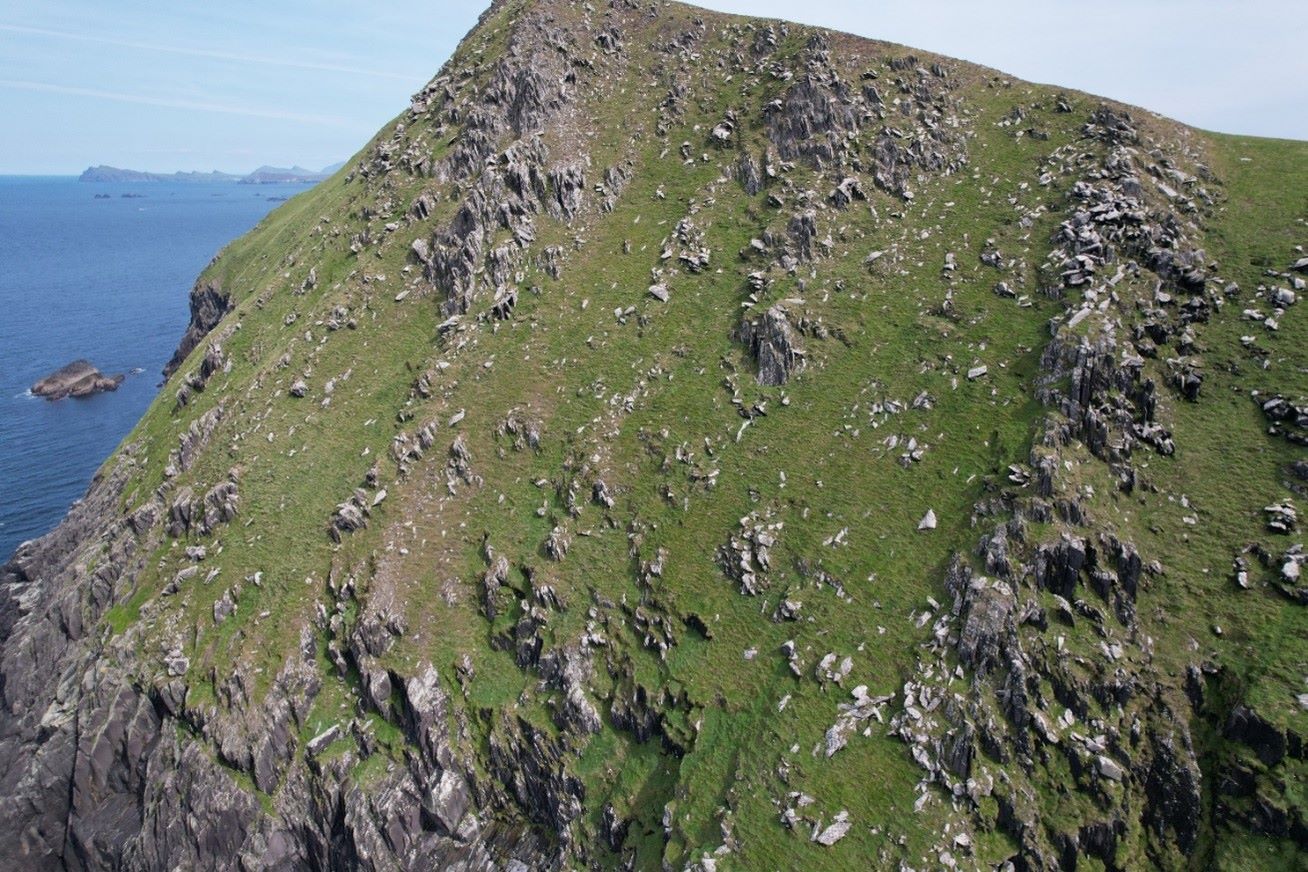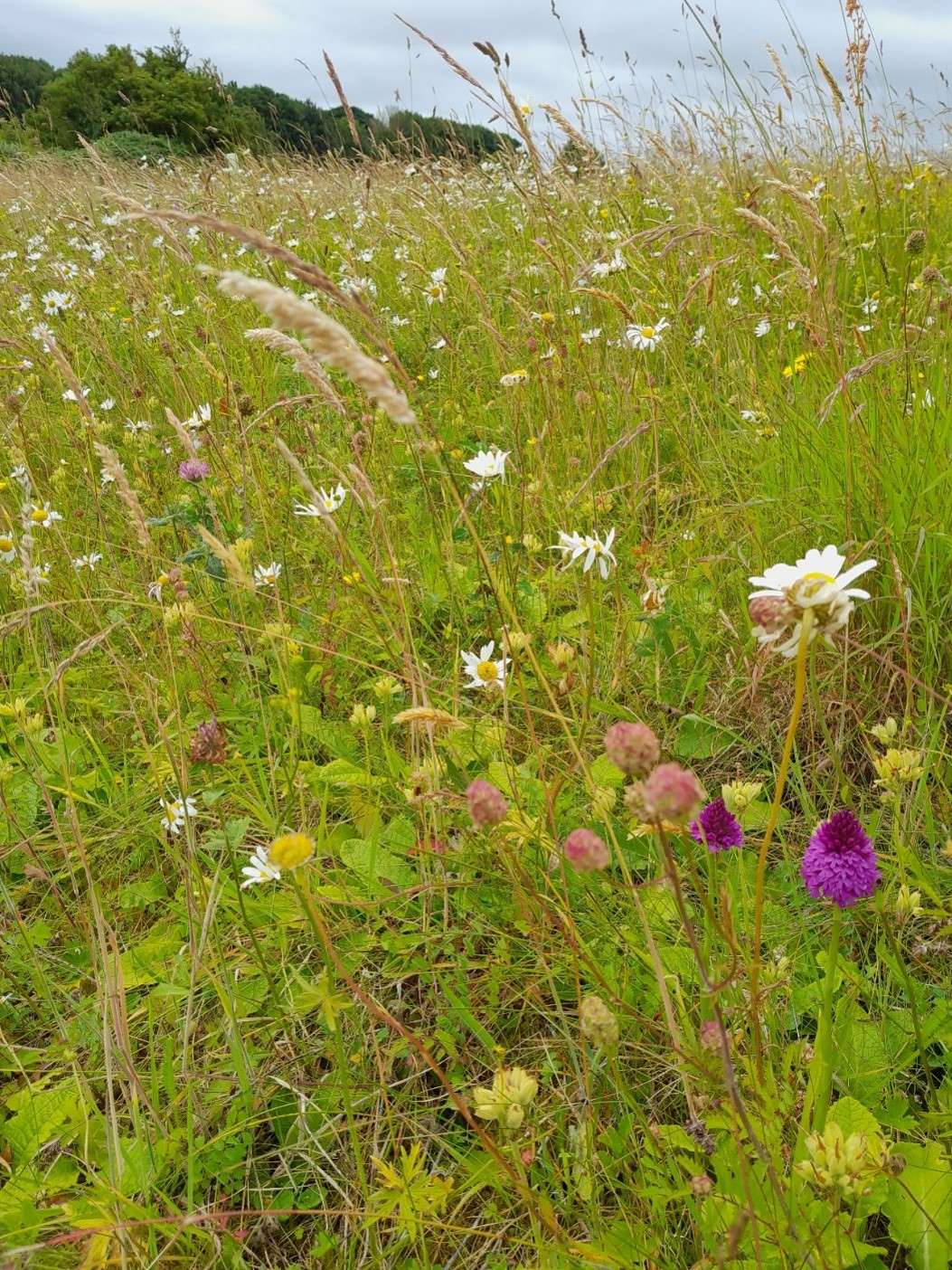Irish heritage sites are home to a variety of species. Our ecologists embarked upon comprehensive biodiversity audits at 20 different locations, using their findings to provide management recommendations in consultation with the site managers.
- Client OPW
- Location Nationwide
Comprehensive biodiversity audits to support the environmental management of historic sites
We were appointed to carry out baseline biodiversity audits at 10 historic sites across the country; Altamont Estate, Annesgrove Demesne, Castletown House & Gardens, Kilkenny Castle and Demesne, The Great Blasket Island and Visitor Centre, Oldbridge House & Demesne, National Botanic Gardens, St.Enda’s Park, The Irish National War Memorial Gardens and Derrynane House & National Historic Park.
To identify potential environmental threats and opportunities the surveys included a review of existing material, recording and mapping habitats, documenting the different species present, conducting bat (and other mammal) surveys and following up with further specific surveys such as tree surveys and entomological surveys.
As each of the historic sites surveyed was unique, this posed a range of challenges. However, the biggest challenge was getting a good understanding of each site based on a single visit. This meant having multiple ecologists present and adopting innovative survey methods.
Collaboration was also key to effectively gathering the required information for each site and this saw our teams working closely with site managers and National Parks and Wildlife Services Rangers. Utilising their knowledge meant important ecological features could be identified more efficiently, helping surveyors record biodiversity and better understand the site's management.

In carrying out our surveys at 20 different locations across the 10 historic sites, our ecologists covered approximately 2,865 acres of land!
Utilising innovative survey methods to create habitat and species datasets
Using a drone allowed us to view vegetated cliffs on the Greater Blasket Islands, which would otherwise have been inaccessible. By combining this approach with more traditional survey methods we created comprehensive datasets of habitats and species for each site. We were able to identify potential opportunities such as creating roosting space for bats, nesting space for swifts, and managing pollinators. Recommendations were also made for resolving threats at the sites including potential disturbances made to mammals by moving pathways or the creation of natural barriers to provide cover in sensitive areas.







